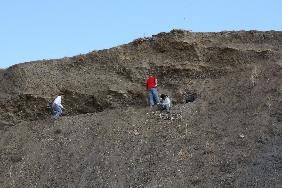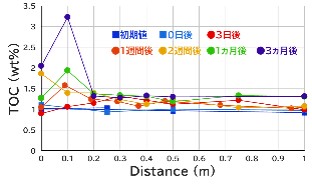
HOME / Departments / Earth and Planetary Sciences / Paleontology and Mineral History
Paleontology and Mineral History
-
- ITO Yasuhiro‡, Professor
- KATO, Moe‡, Assistant Professor
- ‡ The Kyushu University Museum
- Our laboratory aims at frontier researches on paleontology and mineral history. In paleontology laboratory, we study the morphological evolution and paleoecology of fossil organisms from various geological eras, mainly invertebrates, in order to understand the history of the Earth and the evolution of life. Besides, detailed analyses on minerals have been carried out in the mineral history laboratory, while it is temporary closed because of retirement of the faculty.
Exploring the Earth history and the biological evolution through fossils
We study the morphological evolution and paleoecology of fossil organisms from various geological eras, mainly invertebrates, in order to understand the history of the Earth and the evolution of life.
The museum is the research base
Our research group is based at the Kyushu University Museum (Hakozaki Satellite). The museum houses a large collection of fossils collected for research purposes. As a startup, we will begin our research by organizing and creating a database of these fossils so that they can be used as museum specimens. Of course, if you like fossils and have a theme that you would like to research yourself, you can choose to do so if possible.
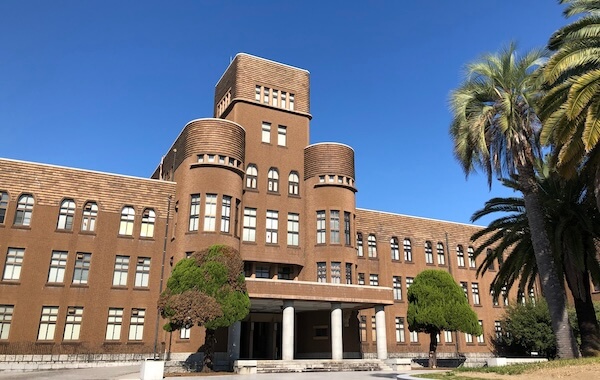
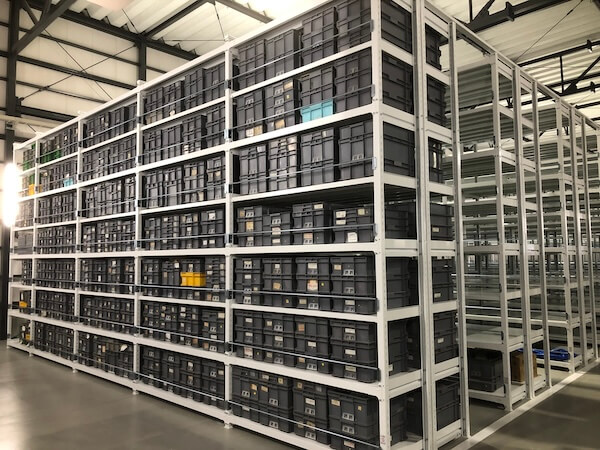
Curating and digitally archiving the paleontological collections
We are currently working on a project to build a network of information on holdings of paleontological specimens (especially voucher specimens described in paleontological literature) at universities and museums throughout Japan. In addition, we are working on curating and digitally archiving the geological and paleontological collections held at Kyushu University, based at the Kyushu University Museum.
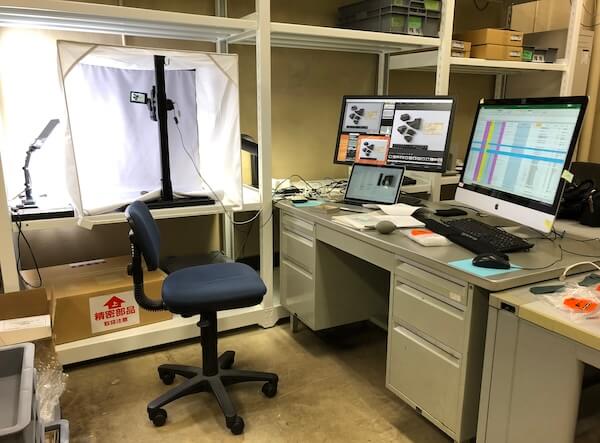
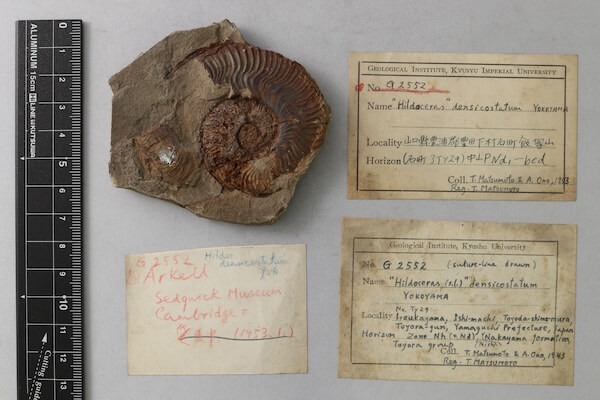
Functional morphology and evolution of boring bivalves
As an individual research theme, we are focusing on the unique boring bivalve mollusks, the Pholadoidea, which live by drilling holes into various substrates such as rocks, wood, and coral, and are studying how the boring function was acquired and diversified, seeking clues from ontogeny, functional morphology, and the fossil record.
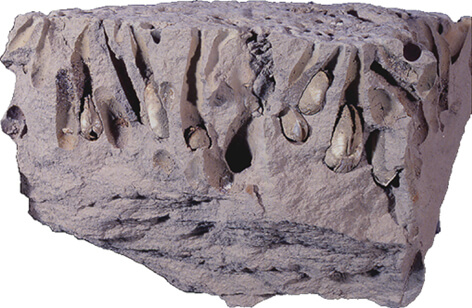
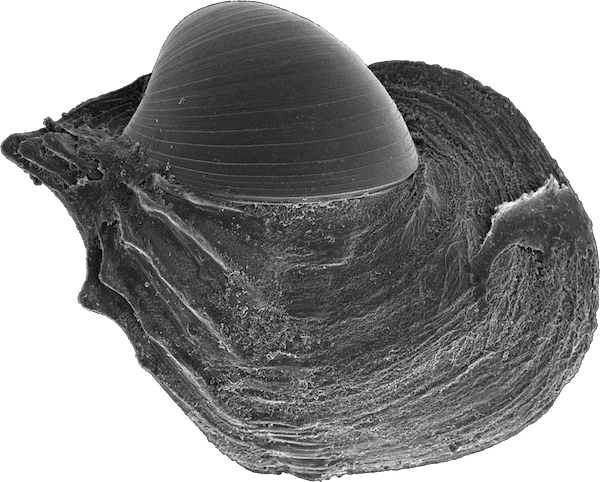
Taxonomy and paleoecology of echinoderms
Description and classification of fossil species are among the most important tasks in paleontological research. Focusing on echinoderms, we attempt to reconstruct the paleoecology of fossil species using a variety of methods, such as field surveys to observe fossil occurrence, morphological analysis, and chemical analysis.
In order to accurately understand the ecology of extinct organisms, it is also essential to have knowledge of extant species. Therefore, we also conduct research using extant specimens.
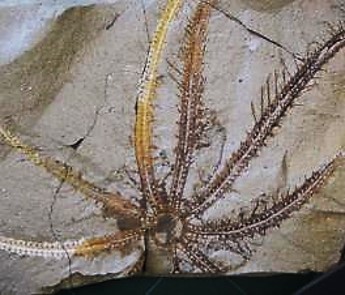
Biogeochemical cycles and evolutionary history of chemosynthetic ecosystems
Chemosynthetic ecosystems are unique environments where chemosynthetic bacteria produce organic matter using chemical energy from substances like hydrogen sulfide and methane.
Our research focuses on the interactions between chemosynthetic ecosystems and their surrounding environments, particularly through biological activity. We aim to clarify how biological processes within chemosynthetic ecosystems have influenced the surrounding marine environment and its evolutionary history.
